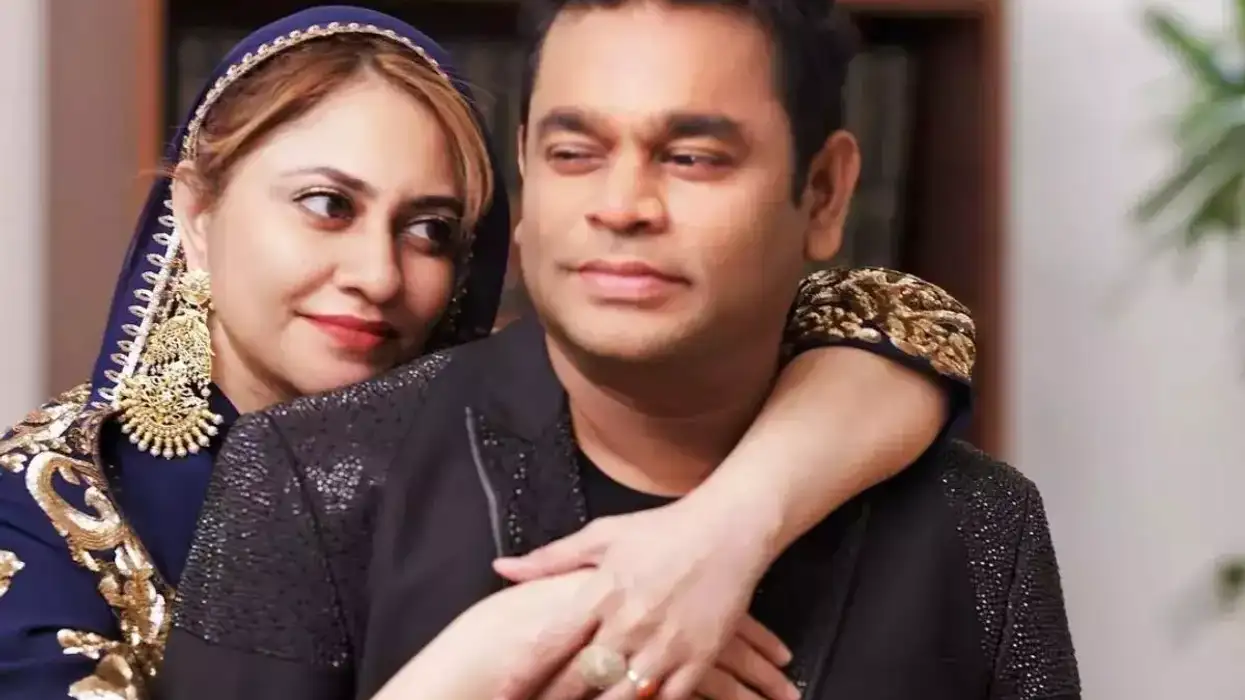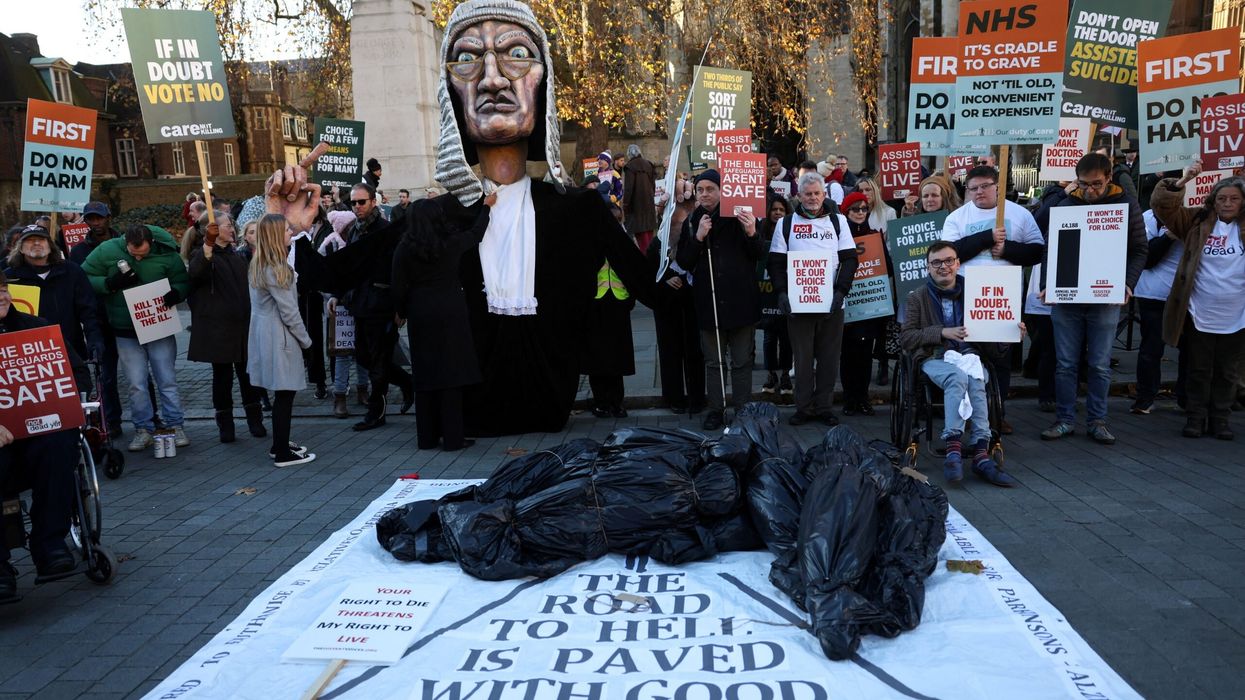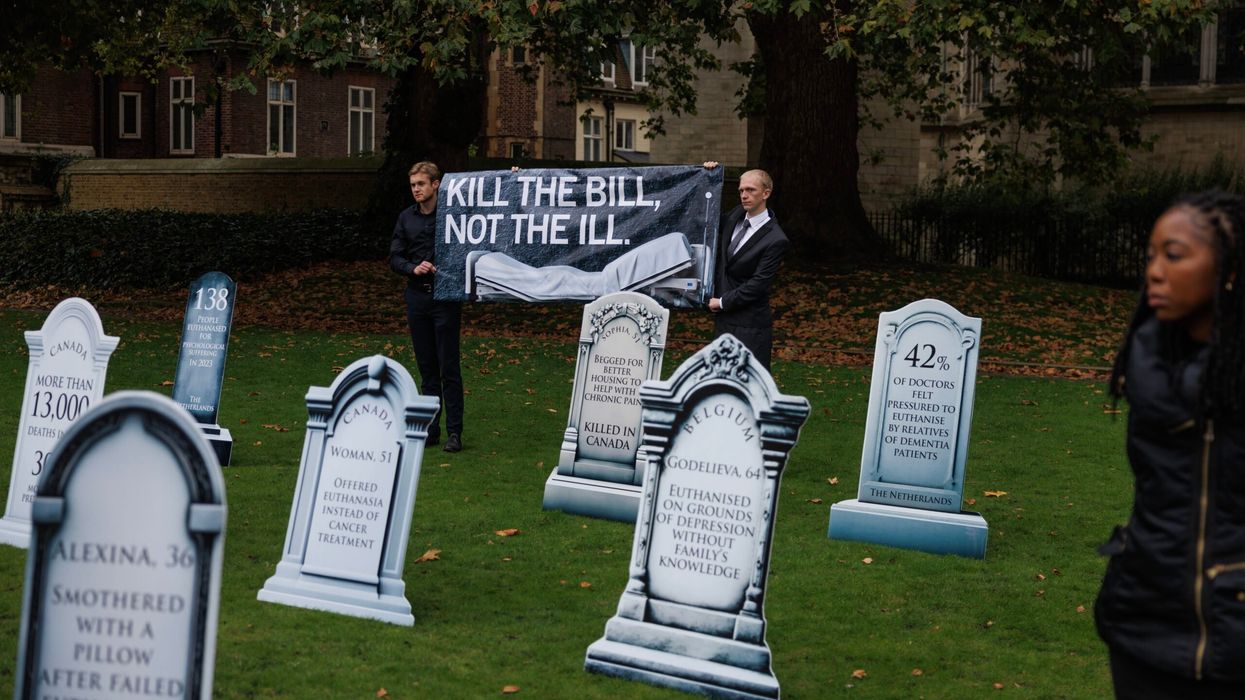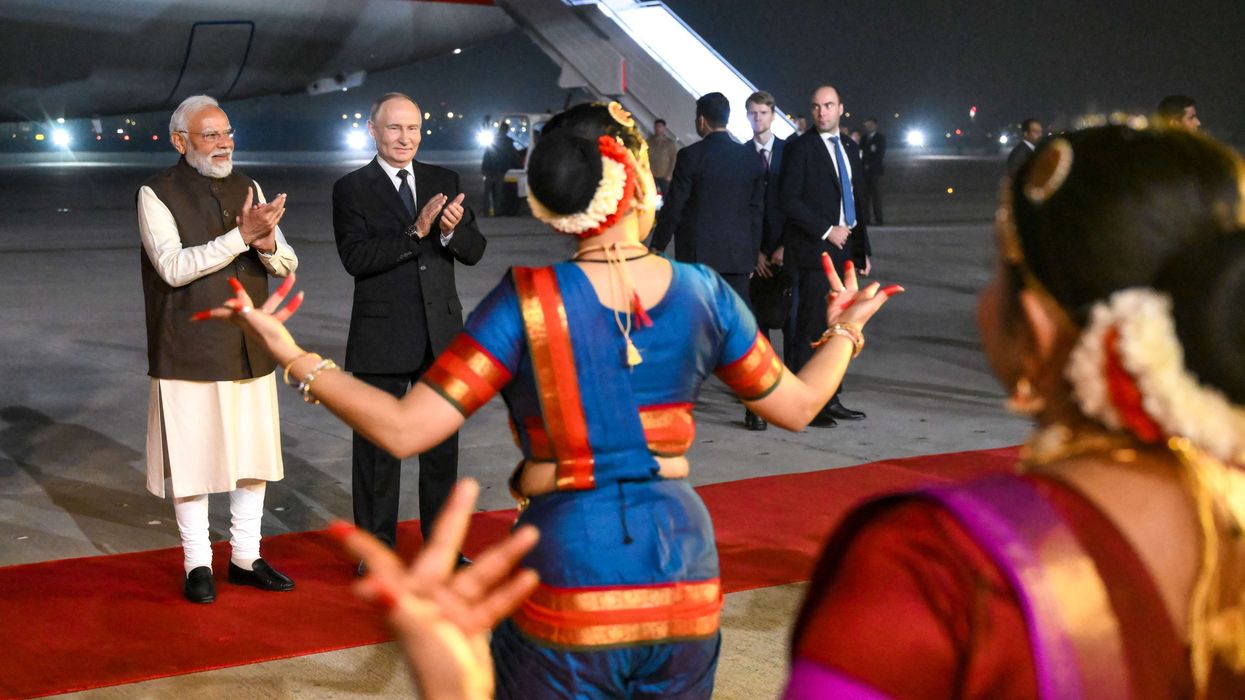MALE STARS CHOOSING INAPPROPRIATELY YOUNG LEADING LADIES IN FILMS IS PREMATURELY PUSHING OLDER A-LIST ACTRESSES ASIDE
by ASJAD NAZIR
PERFECT example of Bollywood ageism towards female actresses is 53-year-old Akshay Kumar romancing 28-year-old Kiara Advani in recent Diwali film release Laxmii.
Other films Akshay Kumar has on the way include Prithviraj with 23-year-old Manushi Chhillar, Atrangi Re co-starring 25-year-old Sara Ali Khan and Bachchan Pandey opposite 28-year-old Kriti Sanon. This practice of big age gaps has been going on for many decades and while most male stars continue playing leads well into their fifties and beyond, females start getting retired from frontline roles when they hit their thirties.
With most Bollywood A-list actors being well into their fifties, the age gap between them and their leading ladies will likely increase more in coming years. Akshay Kumar isn’t the only one acting opposite much younger heroines.
54-year-old Salman Khan will star opposite 28-year-old Disha Patani in next year’s major Eid release Radhe: Your Most Wanted Bhai and was cast opposite her in his 2019 film Bharat. In his last film, Dabangg 3, Salman had starred opposite Sonakshi Sinha, 33, and 22-year-old Saiee Manjrekar.
Actresses Shah Rukh Khan romanced in the 1990s like Juhi Chawla, Madhuri Dixit and Kajol are being pushed into motherly roles, despite being younger than him, while he has romanced leading ladies over 20 years his junior like Deepika Padukone, with whom he stars once again in forthcoming film Pathan.
Meanwhile, Aamir Khan was well into his forties when he played a young college student in 3 Idiots and Ajay Devgn romanced Polish actress Erika Kaar in Shivaay, who is almost 20 years younger than him.
This practice of age-appropriate leading ladies being sidelined and heroes carrying on playing characters much younger than them has been going on for decades, with many cringe-worthy moments like a 57-year-old Amitabh Bachchan starring opposite a 28-year-old Manisha Koirala in Laal Baadshah. Dev Anand had starred opposite Tina Munim, who was 34 years younger, and other actresses like Zeenat Aman, 28 years his junior. Rishi Kapoor was 40 when he romanced a 19-year old Divya Bharti in Deewana.
Chasing after much younger women filtered into real life, with the most shocking example being 31-year-old superstar Rajesh Khanna marrying Dimple Kapadia in 1973, when she was just 15. There have of course been many stories of young Bollywood actresses being forced onto the casting couch by powerful men old enough to be their fathers.
Even today when more diverse subjects are being tackled, older Bollywood leading ladies struggle to get meaningful roles in blockbusters.
That is why you will likely see a lot less of female superstars who are in their thirties in major Hindi films, and many are preparing for this inevitable Bollywood ageism with other ventures.
Priyanka Chopra, 38, is concentrating on Hollywood, Anushka Sharma, 32, has a thriving production company and Katrina Kaif, 37, just celebrated one year of her beauty brand. Meanwhile, Vidya Balan, 41, is transitioning to character-based roles and recently played the mother to 28-year-old Sanya Malhotra in Shakuntala Devi, which is something no older hero in their fifties would do.
Little is being done to redress the balance and the biggest culprits are established leading men, choosing to star opposite actresses young enough to be their daughters, instead of standing up for older heroines. Like previous generations of powerful leading men, most can combat ageism, but choose not to grow old gracefully and play less than convincing younger characters.
One leading lady said anonymously, “the ageism is largely driven by male actors choosing to star opposite much younger heroines. If they wanted to act opposite age-appropriate actresses they could. Most don’t want to accept they are getting old.”
As these much-loved heroes do get older, they will start becoming somewhat of a joke like so many from past generations, who put on the hair dye and tried to convince audiences they were 20-30 years younger. So, when you watch blockbusters in coming years, don’t be surprised if you cringe a little.











